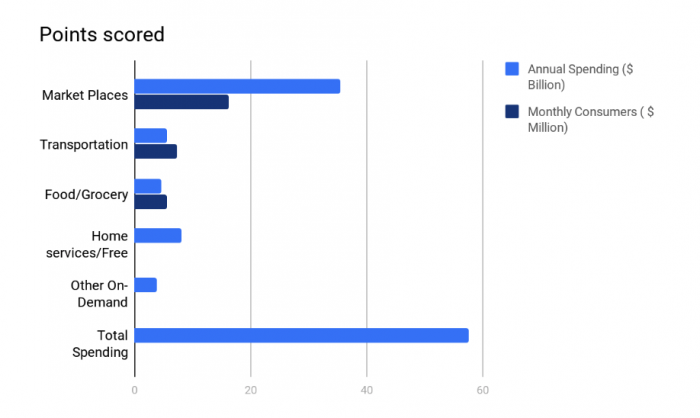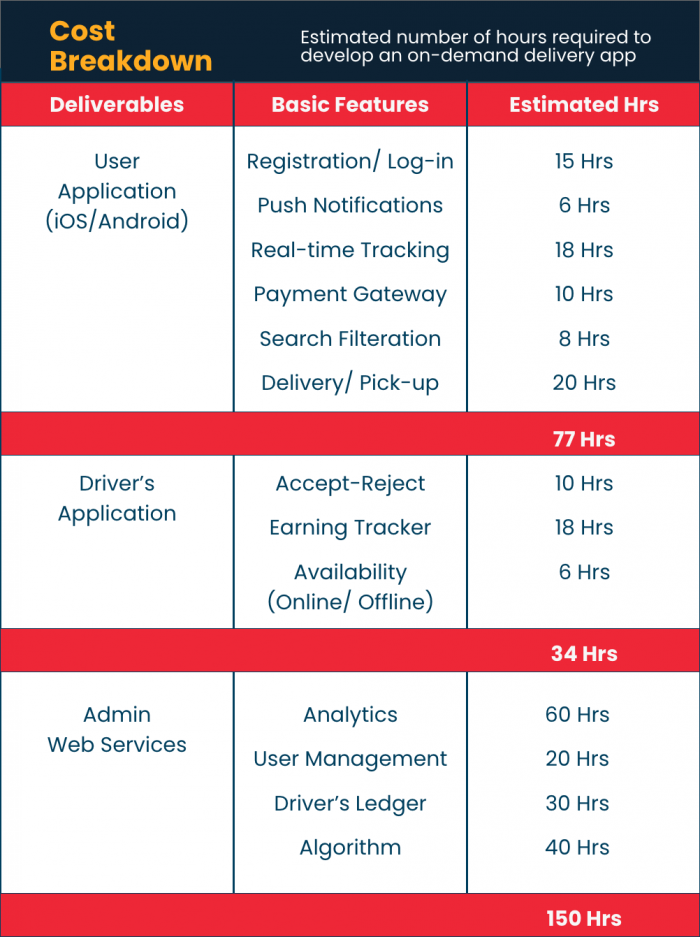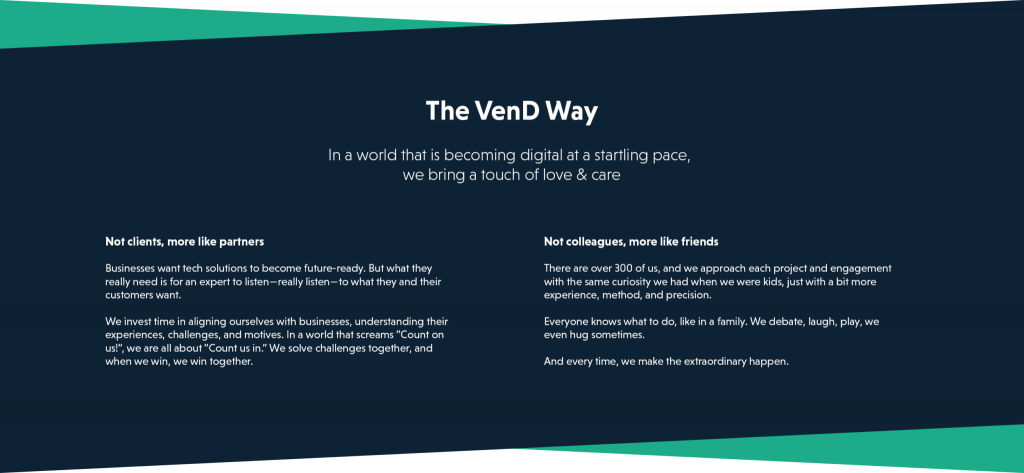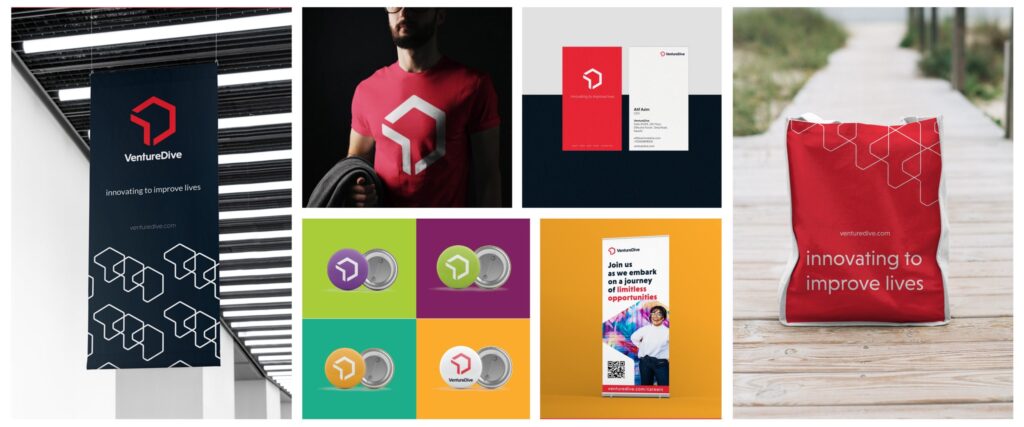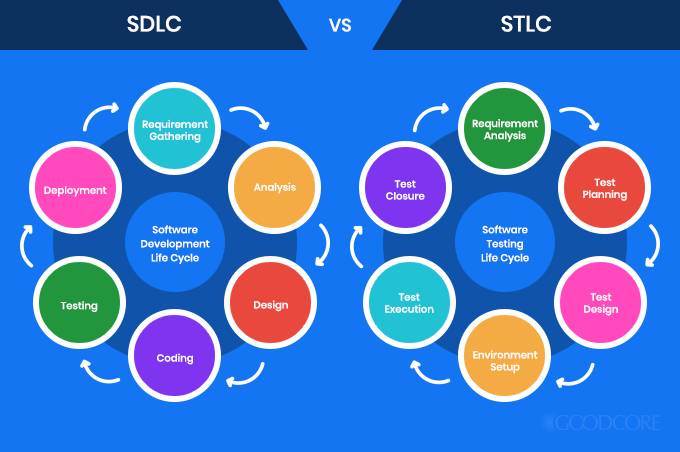Out of the major victims of the COVID-19 pandemic are brick-and-mortar businesses. It may look increasingly grim but there is a silver lining. Once the smoke clears, and retail life begins anew, it’s going to look extremely different. Retailers who balked at the very thought of going ‘digital’ will now have no choice but to acquiesce. They will have to find a way to bridge the gap between their products & services and their consumers. On-demand delivery is the next logical step.
Are you digitally fit?
Most retailers already have a digital presence, usually involving social media pages on Facebook, Instagram, and so on. Pretty basic. Some might even have an online store and an on-demand plan, meaning that they work with FoodPanda, Uber, Careem, Amazon, eBay, and so on. A minute subset of them would have their own in-house delivery and e-commerce channels (website, mobile app, delivery network, etc.).
The lack of an online retail strategy during the COVID-19 pandemic is not an option. Businesses that were growing organically or with little effort focused on social media presence & marketing, before the pandemic, are not going to survive if they continue to follow the same strategy. They must become digitally fit by offering on-demand delivery services if they want to survive and thrive. Take a look at the food industry – pre-pandemic mature markets reported roughly 25% of sales through online food delivery. Michelin star chef, TJ Steele, redesigned his menu to focus on comfort food instead of his trademark complex dishes so that he could stay relevant. Jamie Oliver had to close down his business because of their no-delivery policy. Online delivery has become an essential part of e-commerce, retail, and food businesses, and the need for it has risen dramatically ever since the lockdown began.
The current situation
The world’s economy is taking a serious hit. It’s essential, now more than ever, to make it easy for consumers to access essential products, services, and goods, from the comfort of their homes, via on-demand delivery apps. Some examples include grocery delivery apps, pharmacy delivery services, laundry delivery, etc.
The kind of economic shock we’re talking about can exhibit three different types of trends, according to an article published in the Harvard Business Review:
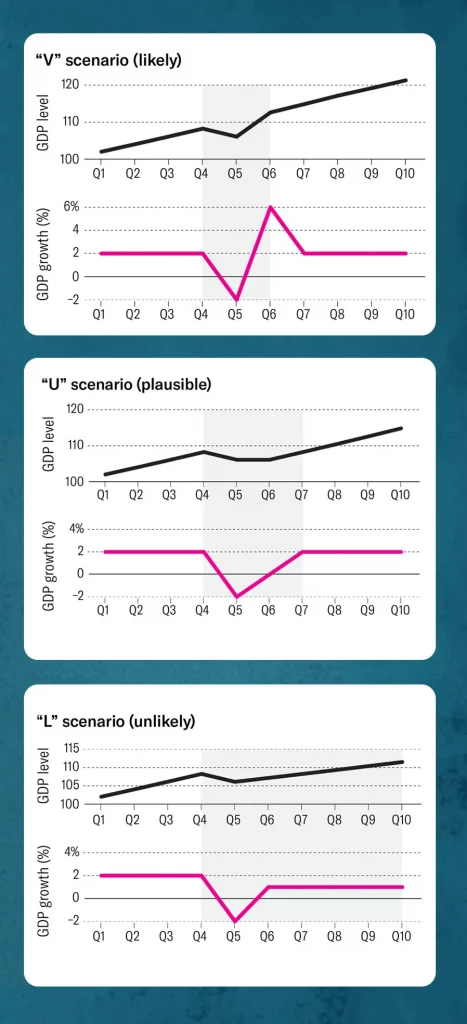
The article further depicts Coronavirus to have a ‘V-shaped’ impact, which would be in line with all the prior epidemics, including the 2002 SARS, the 1968 H3N2 ‘Hong Kong’ flu, 1958 H2N2 ‘Asian’ flu, and the 1918 Spanish flu.
If what the evidence suggests is true, businesses should aim to get at least 40% of their sales online through the on-demand delivery of goods and services. While this may not be enough to keep them afloat, it will still pay out massively when the pandemic finally dies down and things settle into the new normal.
The road to digital transformation
If you are just beginning to build your business’s online presence, and automate your delivery services, here are the three most basic, yet important, things you should consider:
- Social media and the world wide web
Whether you are aware of it or not, your business is most likely listed on Google and Google Maps. It might even have ratings and reviews. Similarly, your lack of presence on social media does not mean that people are not talking about you online. If you do not have a presence online, then set it up now. Start a page on Facebook and Instagram and you monitor your listings on Google Maps, Yelp, Foursquare, and the like. Building your social presence organically before you look into paid marketing. - Delivery and e-commerce aggregators
Ideally, you should be listed on delivery and e-commerce aggregators. They do charge a hefty commission ranging from 15-30% but because consumers use these channels, you have little choice but to be there. If your goods are more last-mile/on-demand (e.g. groceries, snacks, food), then you also need to work with on-demand aggregators (Uber Eats, Foodpanda, Cheetay, etc). If you are selling items that are not necessarily last-mile or local (electronics, for example) then you need to have a store on e-commerce aggregators (Daraz in Pakistan, for example). - Create your own channel
Look into developing your own mobile app or website & web apps for on-demand delivery, backed by in-house riders. Domino’s and Chipotle Grill in the US have done this exceptionally well. If you choose to create your own channel:- You can save on the commission to the aggregators
- Build your own brand as opposed to being lost in a flood of other competing brands
- Keep your existing customer relationships
- Be in charge of your own destiny
- Potential to make e-commerce a viable Business Unit on its own
This option is more difficult and costly but ultimately the most rewarding. It requires serious focus and investment and deep expertise in Design/User Experience, Growth hacking, and Operations/Delivery. If this is not something you know about or can manage then you can look into VentureDive’s white-label platform, IMPact Delivery. We understand that a technology platform is only the beginning. We are ready to help you in supporting functions, such as growth hacking and delivery operations. Reach out today so you too can survive and thrive!







